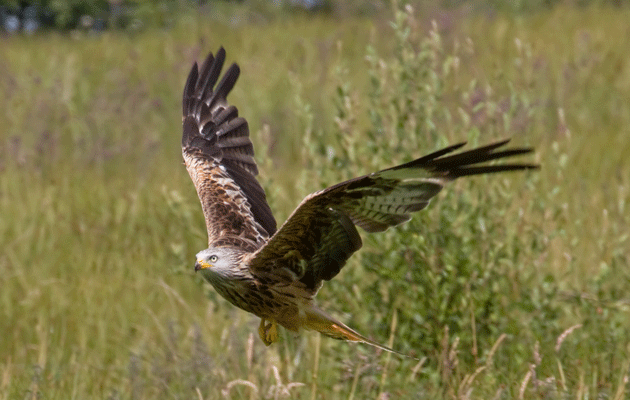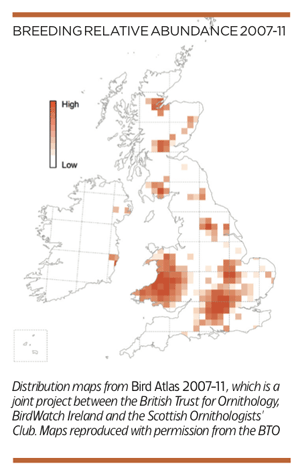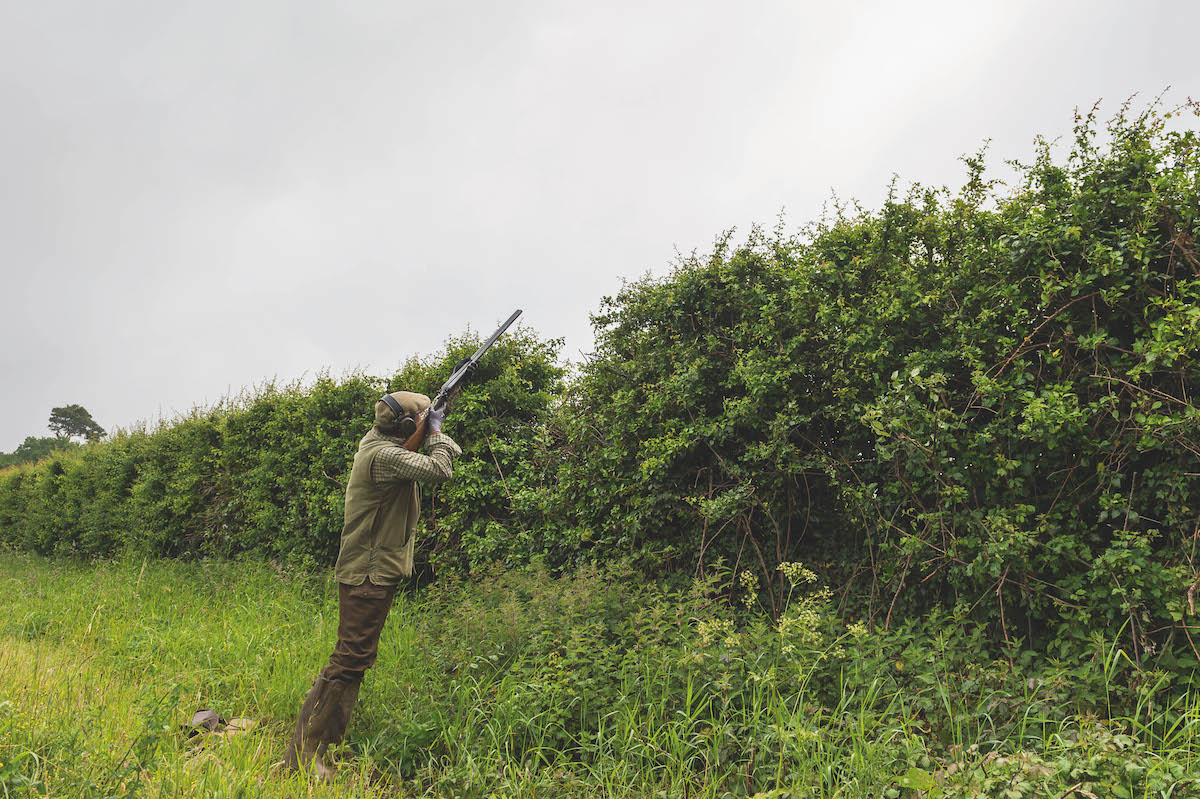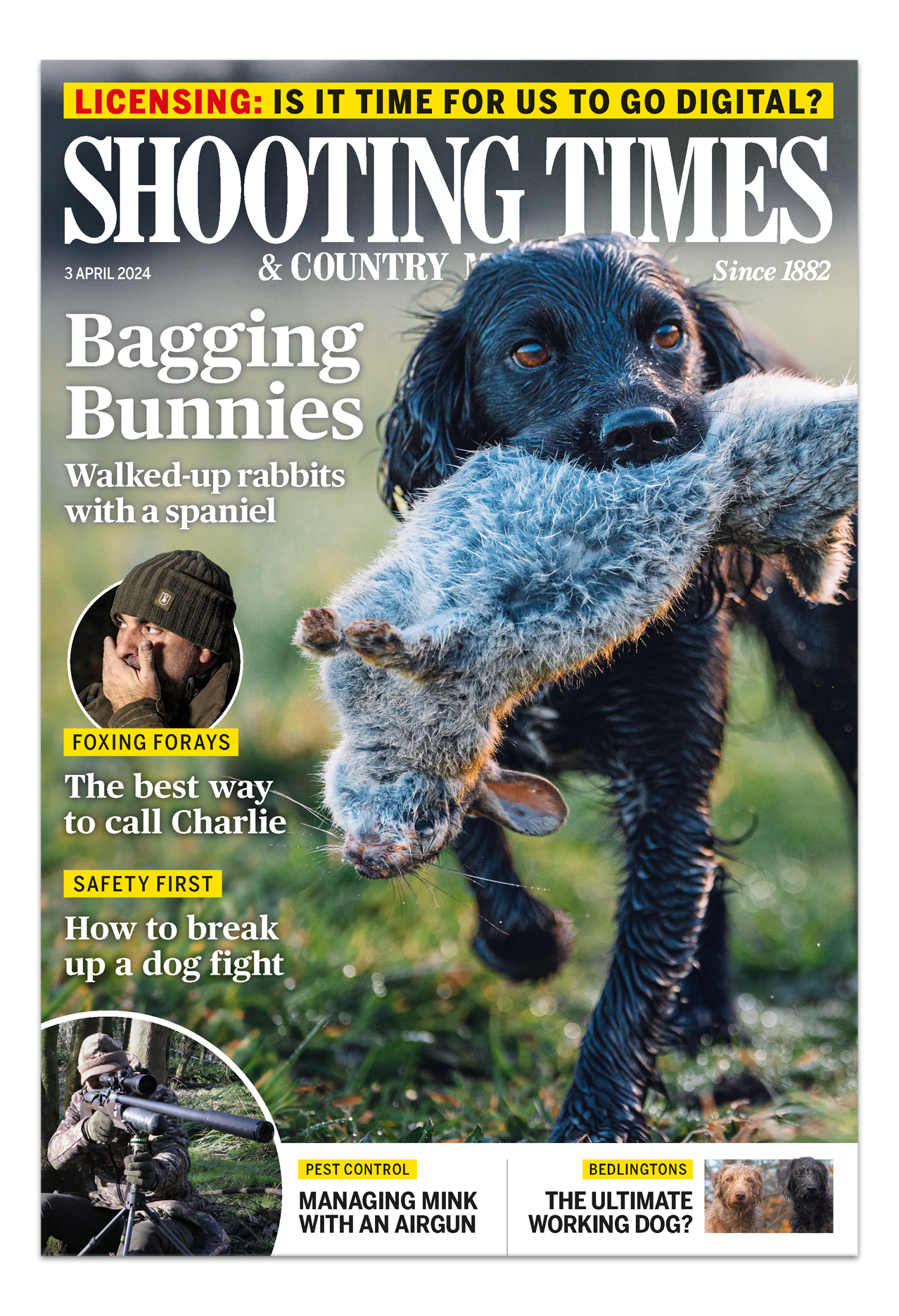Why back-garden bird lovers are wrong to feed kites
Back-garden bird lovers think they are being kind by putting out scraps for the red kites. But, says Graham Appleton, their generosity has consequences

The town of Reading is home to a different type of commuter these days, with hundreds of red kites arriving each morning to take advantage of food that is put out for them by people who like getting close to nature without having to leave their own homes.
In a recent paper in Bird Study, Melanie Orros and Mark Fellowes of the University of Reading report that thousands of people in Reading are providing food for red kites, with a typical avian visitor swooping down and taking away a 21g meal.
A variety of food is provided, including uncooked meat, processed meat, leftovers and dead mice, as sold at pet stores to feed snakes and other exotic pets. The researchers calculate that, in order to sustain itself, a kite needs to make between four and nine successful visits to gardens in the course of a day. Given that food is provided by 4.5 per cent of the 96,000 households in the Reading conurbation, some as infrequently as once a month but others daily, it is not surprising that many kites have decided to commute to town every day.
The red kite was once common throughout the whole of the UK, clearing up discarded waste in city streets and breeding from Cornwall to Caithness. Three centuries of predator control nearly drove the species to extinction, so that, by the 1920s, kites were restricted to a few Welsh valleys. With protection in Wales from 1940 through to 1985, the number of pairs increased from four to 54, with occasional birds turning up in south-west England. Although encouraging, this increase was insufficient for the species to recolonise areas from which it had been lost and a decision was made that some help was needed, in the form of bringing in young birds from Sweden and Spain.
 Successful reintroduction
Successful reintroduction
Thanks to the successful programme of reintroduction, red kites can now be found in any part of the UK. The map alongside, from Bird Atlas 2007-11, published by the British Trust for Ornithology, shows the breeding distribution, with darker orange indicating the areas of highest abundance. The reintroduction sites in the Chilterns and northern Scotland (first releases in 1989), the east Midlands (1995), central Scotland (1996), Leeds (1999), Dumfries & Galloway (2001), the Derwent Valley (2004) and Northern Ireland (2008) are at the centre of local hotspots. The Welsh population has continued to grow in the past 30 years, but far bigger changes have occurred elsewhere, particularly in the Chilterns.
The Reading birds are descendants of 93 birds released around the Buckinghamshire-Oxfordshire border between 1989 and 1994. The first breeding in the area was confirmed in 1992, since when the population has grown to perhaps 1,000 pairs, with birds spreading into nearby counties.
Though the releases in the north of Scotland started at the same time, the rate of population increase is very different, with illegal poisoning accounting for 50 per cent of the mortality of radio-tagged birds, as described in a paper by Dr Jennifer Smart and others from the RSPB, published in Biological Conservation in 2010. the Chiltern kites have been so successful that it has been possible to take 300 young birds from local nests to use in reintroduction programmes in other parts of the country.
Frequent attacks
The Chiltern red kites are both scavengers and hunters, on the lookout for an easy meal wherever one can be found. Carrion is a major component of the diet but live prey, especially in the form of small mammals and young chicks, is particularly important in the breeding season, which is a concern for both gamekeepers and land managers worried about the productivity of ground-nesting species.
Birdwatchers visiting Otmoor, an RSPB reserve just outside Oxford, which is now home to dozens of pairs of nesting waders, often witness attacks by kites, with adult lapwings and redshanks working together to mob potential predators. This co-operation is an important factor in determining the success of breeding lapwings, a lesson learned in our Norfolk village on what seems like an annual basis, when single pairs lose their chicks to crows.
Red kites are not universally popular, of course, even in towns. Like vultures, kites divide their time between looking for their own food and keeping an eye on other kites. A swooping bird will attract others and it is not uncommon to see a dozen birds in the air above a local feeding station. While this may be great news for people who enjoy their garden feeding spectacle, it’s sometimes less well appreciated by neighbours, especially if their reactions have been defined by watching hitchcock’s film The Birds, or if they have read stories of kites attacking small dogs or stealing sausages from barbecues.
In the Reading area, there is an increasing awareness that the provision of food may be causing problems, and the Chilterns Conservation Board now urges the public not to feed red kites, going on to say: “they should be left to feed naturally in the wider countryside, thus enabling them to find a naturally sustainable level.”
As with other garden bird feeding, some people put out food only in the coldest weather. Even these occasional acts of intended kindness will make a difference, as they will presumably reduce the natural mortality that would occur at a time of year when young, inexperienced birds would be expected to find life tough. In the same way that pheasant releases make life easy for foxes in the autumn and roadkill sustains magpies, kite-feeders are artificially — albeit unwittingly — boosting the number of a species that is both a scavenger and a predator.








